7 Common Hammock Camping Mistakes Beginners Make (And How to Avoid Them)
Introduction
Have you ever dreamed of gently swaying between two trees, lulled to sleep by the rustling leaves above? That’s the beauty of hammock camping, a peaceful, lightweight way to experience the outdoors and bring you closer to nature. But while it sounds relaxing, there's a bit more to it than just stringing up a hammock and hopping in.

For those new to hammock camping, a few simple mistakes can lead to a less-than-ideal night outside, such as cold backs, mosquito bites, or a saggy setup. But don't worry. This guide is here to help you avoid those rookie errors. Whether you're ditching the tent for the first time or just starting to explore the world of hammock camping, we've got your back (literally).
Here are seven common hammock camping mistakes beginners make and easy ways to avoid them so your trip can be as smooth and enjoyable as possible.
1. Choosing the Wrong Location

Choosing the wrong location to hang your hammock can lead to an uncomfortable night and pose potential dangers. It's essential to be cautious and aware of your surroundings.
Common Mistakes:
· Hanging over rocky or uneven ground
· Setting up too close to water (hello, bugs and flooding!)
· Choosing weak or dead trees
How to Avoid It:
Look for two healthy, sturdy trees at least 6 inches in diameter. Clear any sharp objects from the ground underneath. Avoid slopes and animal paths, and pick a spot shielded from strong wind and direct morning sun.
2. Not Checking the Weather

It might be sunny now, but the weather can change fast. Being responsible and prepared by checking the weather is a key step in avoiding a classic beginner blunder.
Common Mistakes:
· Leaving behind a rainfly or tarp
· Skipping insulation for cooler nights
· Ignoring wind direction
How to Avoid It:
Always pack a rain tarp or fly, even if the forecast looks clear. Use an under quilt or sleeping pad to protect against nighttime chill. Set up your hammock with the wind in mind so you’re not caught off guard.
---
3. Using the Wrong Straps or Gear

Your hammock setup is only as strong as the gear you use. Using the right, high-quality gear can make you feel secure and confident in your setup.
Common Mistakes:
· Using ropes instead of tree-friendly straps
· Not checking weight limits
· Cheap or unreliable carabiners
How to Avoid It:
Use wide (at least 1 inch), high-quality tree straps to protect you and the trees. Ensure your setup is rated for your weight. Go for sturdy, weatherproof carabiners and buckles for a reliable connection. Gear that’s easy to use and built to last can make a huge difference.
4. Skipping the Bug Net

Don’t let bugs ruin your night. Even with a sleeping bag, they’ll find a way in.
Common Mistakes:
· Assuming blankets or bags will keep bugs out
· Relying only on bug spray
· Not researching insect activity beforehand
How to Avoid It:
If bugs are in the area, a bug net is a must. Lightweight and easy to attach, it allows airflow while keeping pests out. Look for hammocks with built-in bug nets for convenience and extra protection.
5. Sleeping in the Wrong Position

Many first-time campers think you should sleep in a straight line like a banana. That’s a recipe for back pain.
Common Mistakes:
· Lying straight instead of diagonally
· Hanging the hammock too tight
· Ignoring the ideal hang angle
How to Avoid It:
Sleep at a slight diagonal to flatten your lay and reduce pressure points. The sweet spot? A 30-degree angle from horizontal. Don't over-tighten your setup. A bit of slack supports your body more naturally.
6. Forgetting Insulation (Even in Summer)

Cold air below your hammock can chill you fast, even on a warm night.
Common Mistakes:
· Using only a sleeping bag
· Underestimating nighttime temps
· Leaving layers behind
How to Avoid It:
Combat "cold butt syndrome" with an under quilt or foam pad beneath you. Dress in layers and consider a top quilt (https://hanginghighhammocks.com/collections/sleep-gear) for added warmth. Being prepared for cooler temperatures means a much better night's sleep.
7. Not Practicing Before Your Trip

There's a learning curve to hammock camping. Trying to figure it out in the dark isn't ideal when you're tired.
Common Mistakes:
· Setting up your hammock for the first time at the campsite
· Struggling with knots or adjusting gear under pressure
· Losing time (and patience) tweaking your setup
How to Avoid It:
Practice in your backyard or a local park before your trip. Learn to hang your hammock, adjust your straps, pitch your tarp, and confidently add your bug net. It makes your real trip much smoother.
Final Thoughts
Hammock camping can be an amazing way to connect with nature. It is lightweight, peaceful, and free. But like any skill, it gets better with practice and preparation. By avoiding these common beginner mistakes, you'll set yourself up for a safe, comfortable, and rewarding experience.

Want more helpful tips and guides like this? Check out our blog at www.hanginghighhammocks.com and explore gear designed to improve your hammock camping adventures.
Happy hanging!


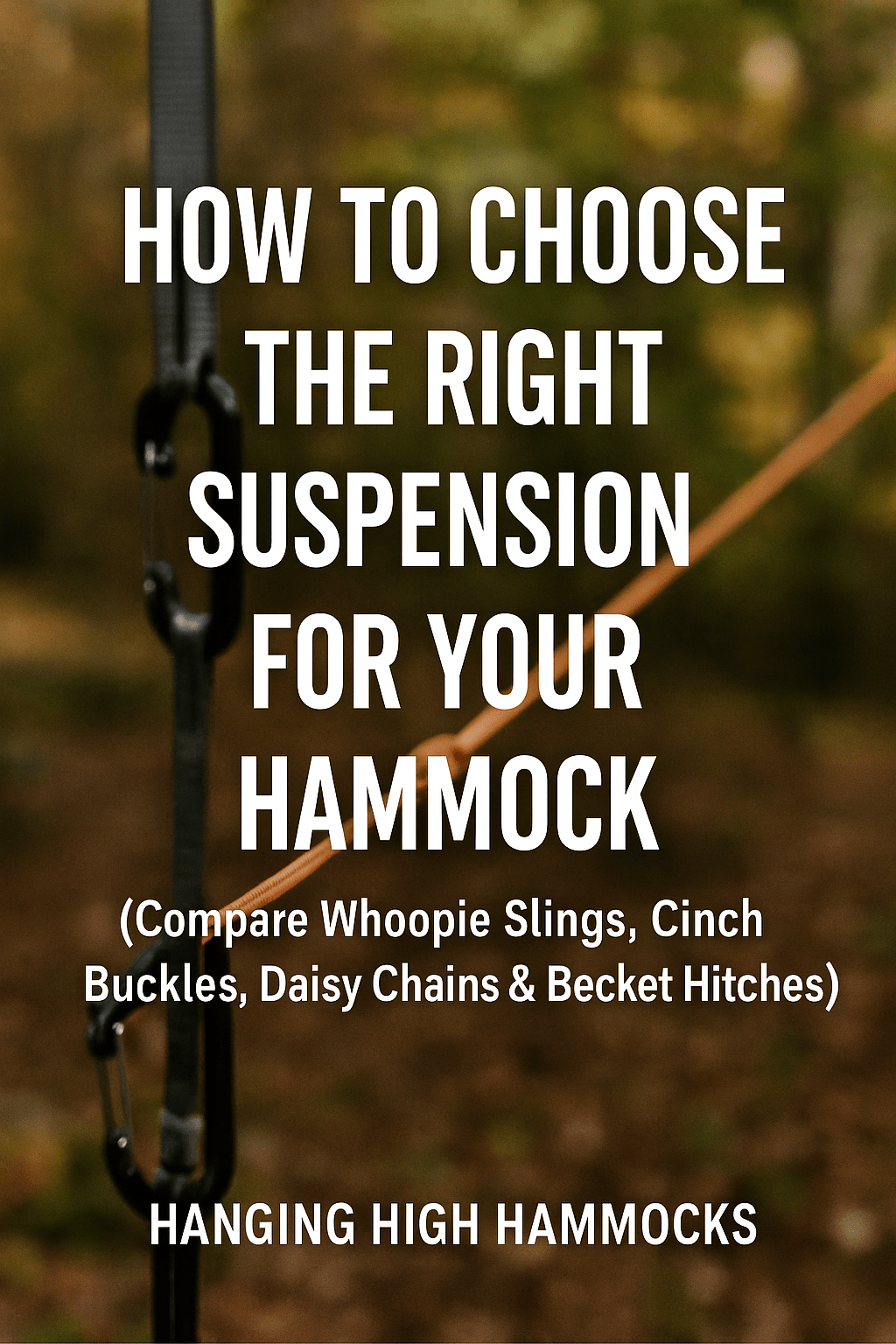


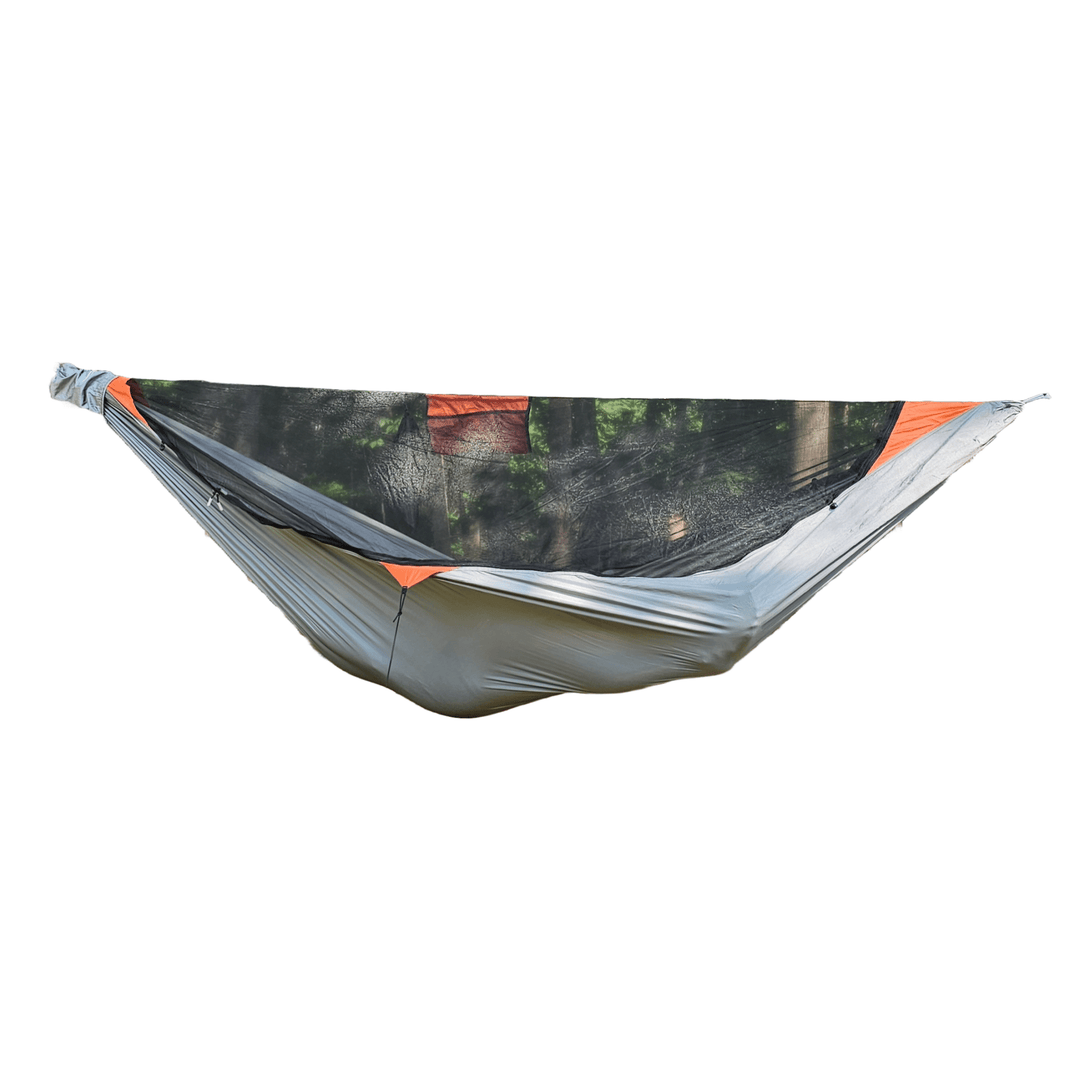
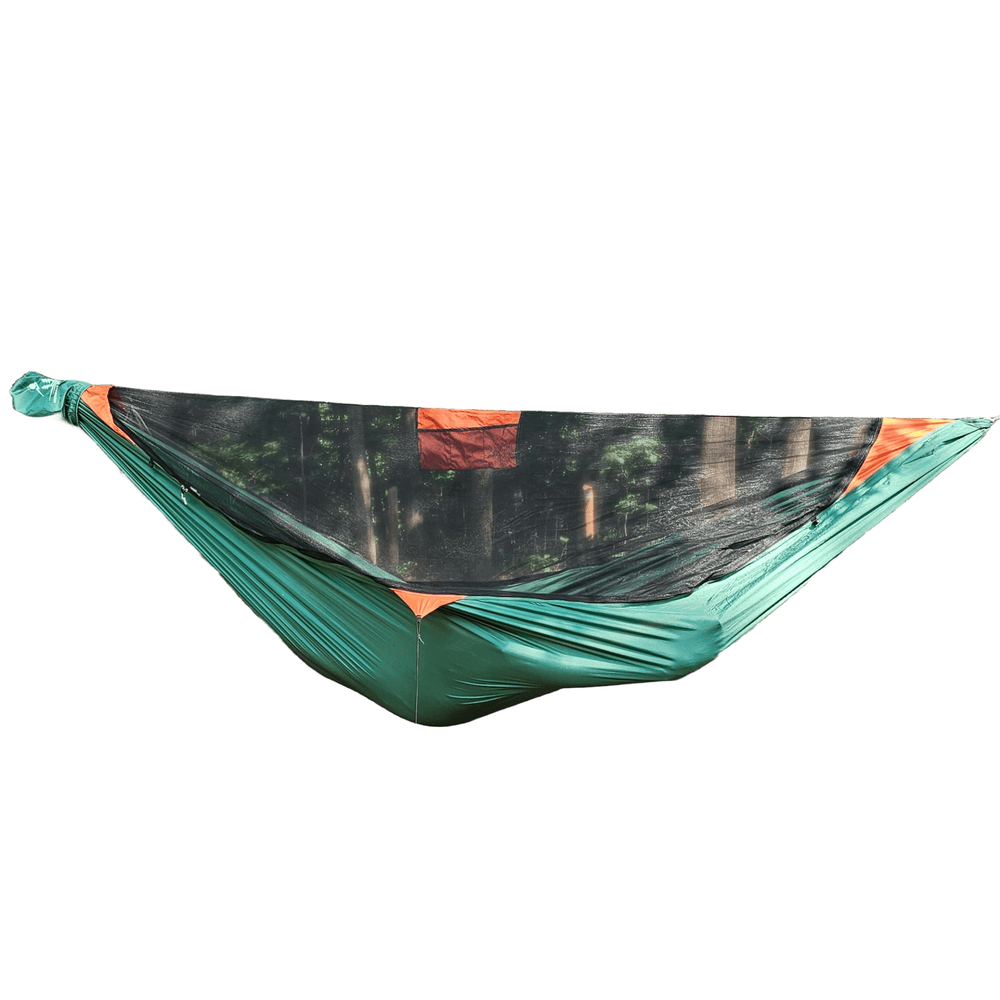
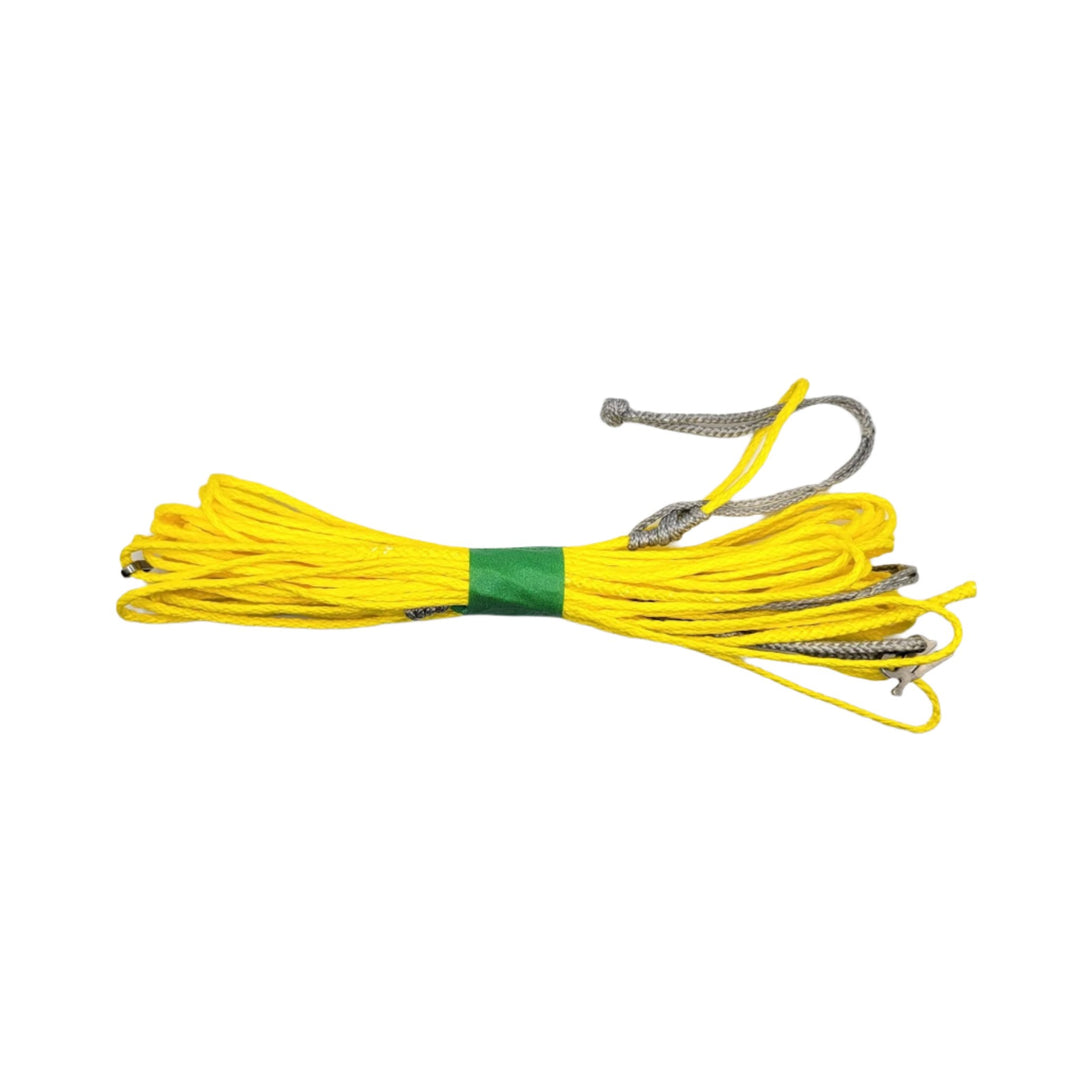
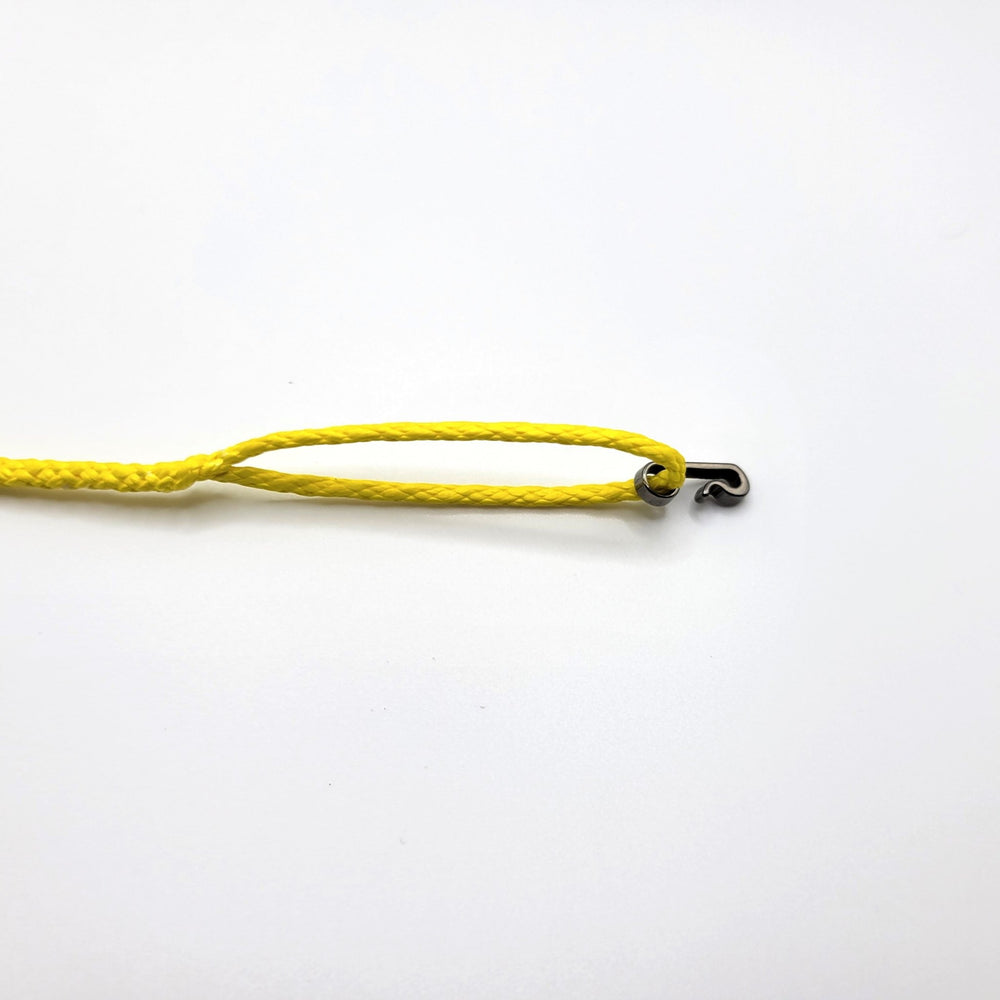
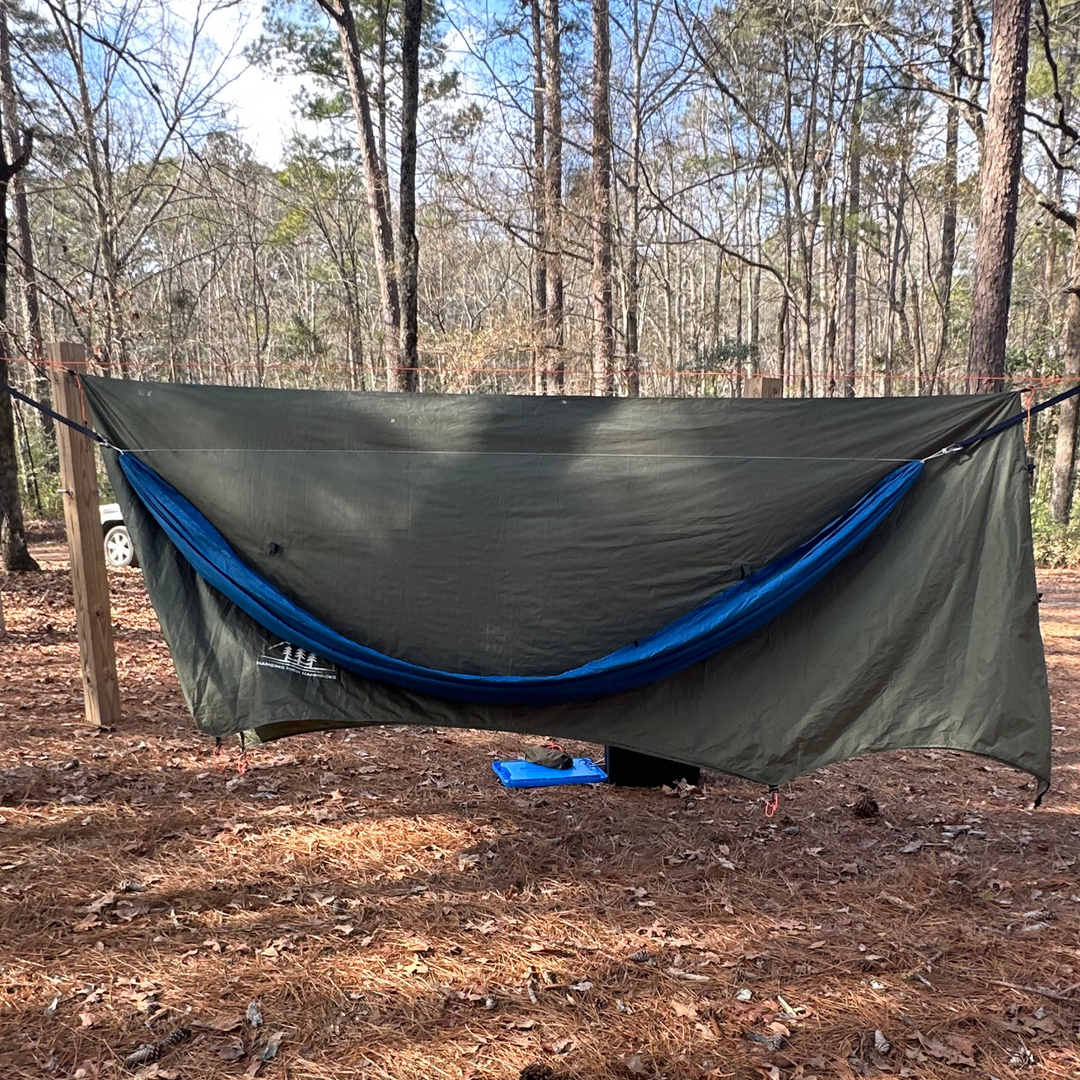
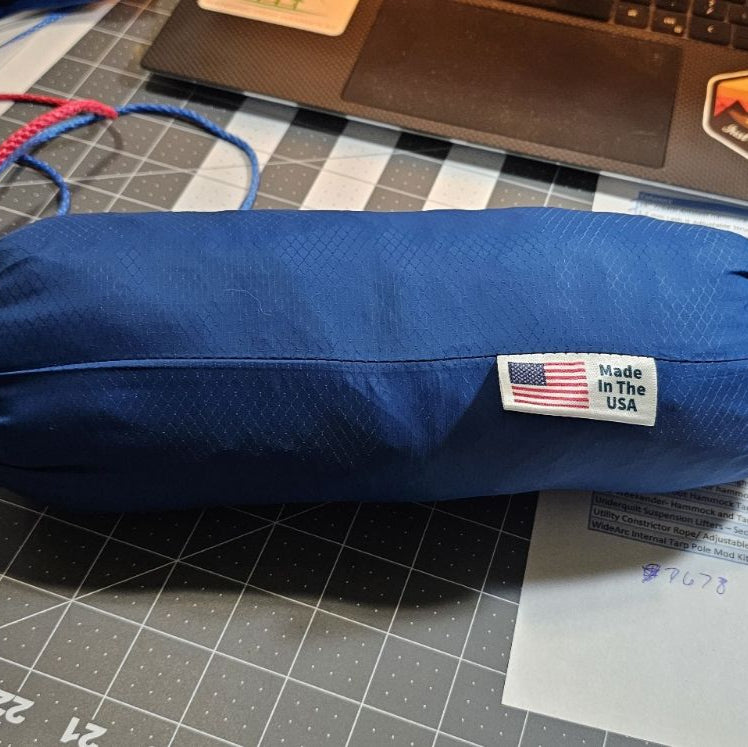
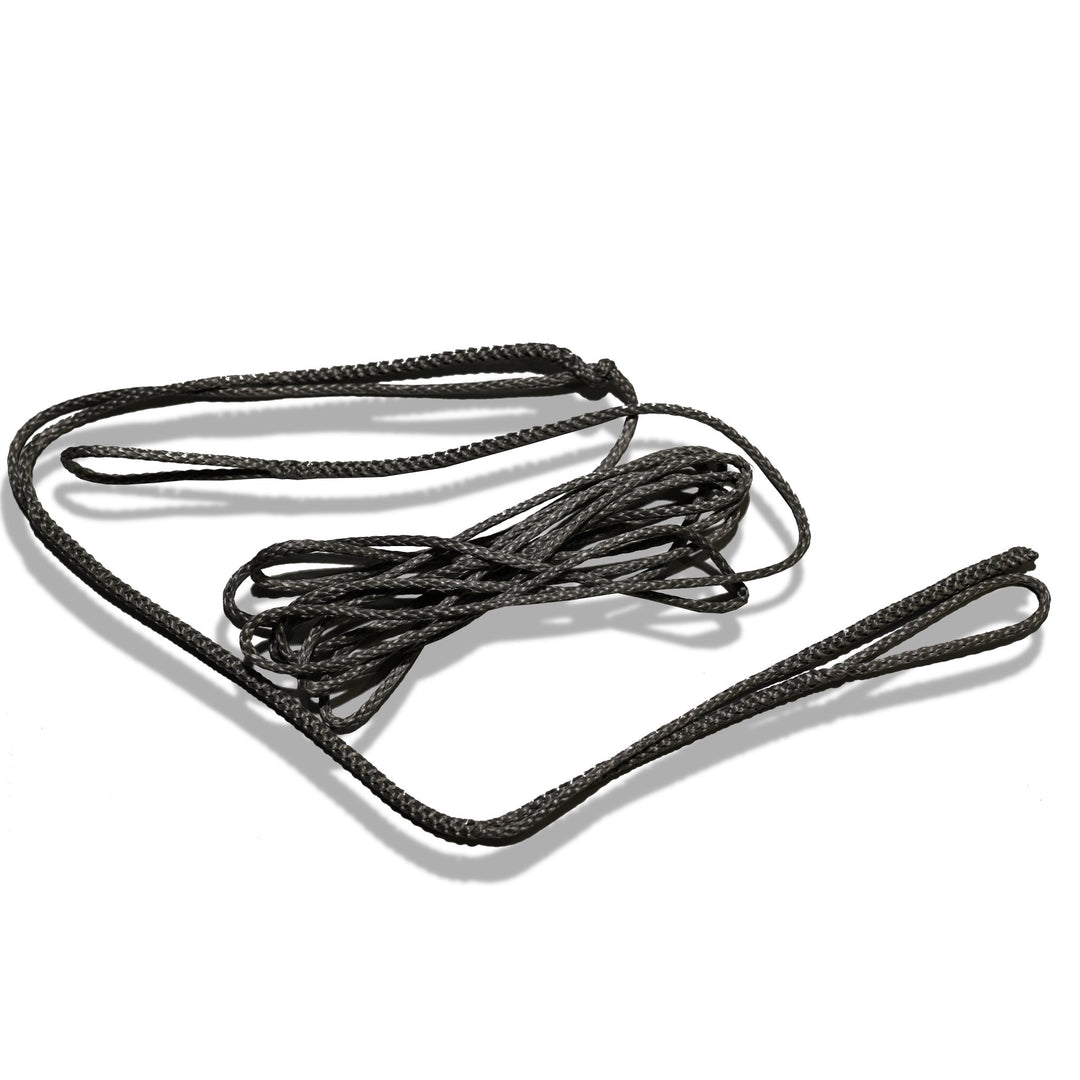
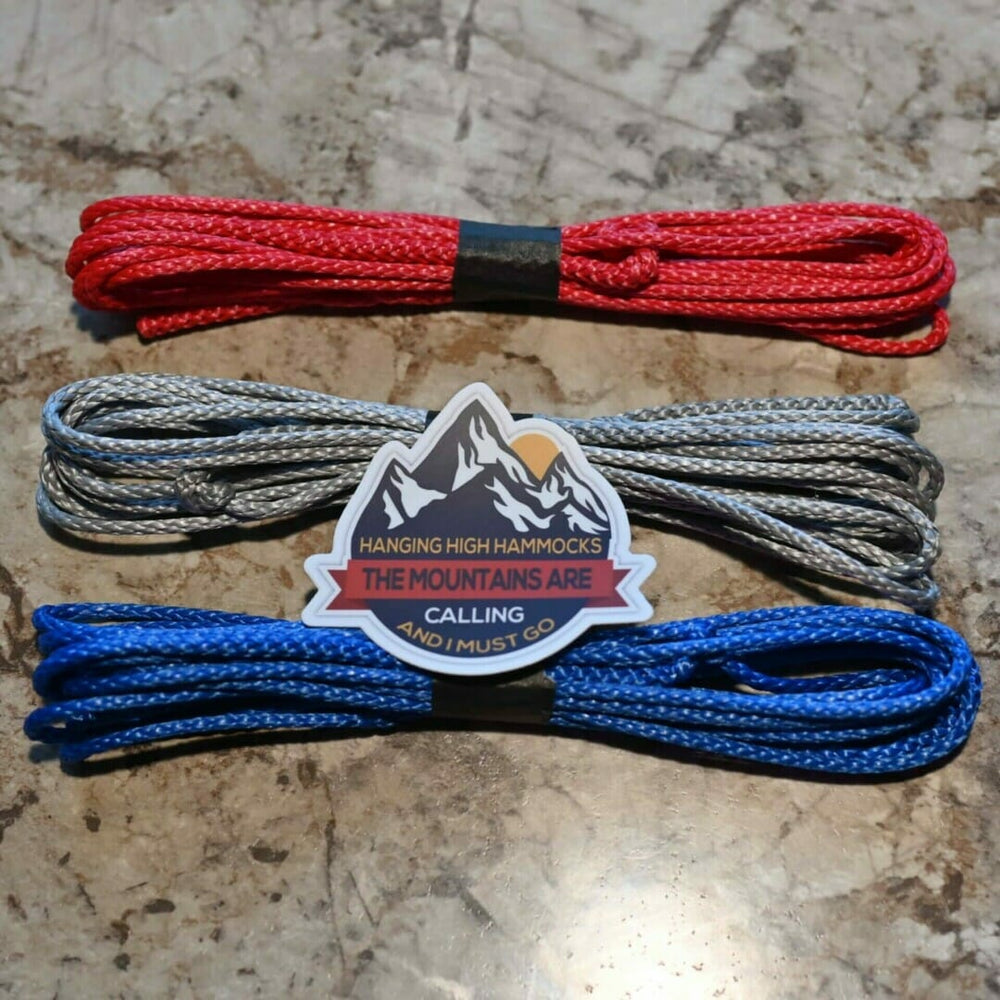
Leave a comment